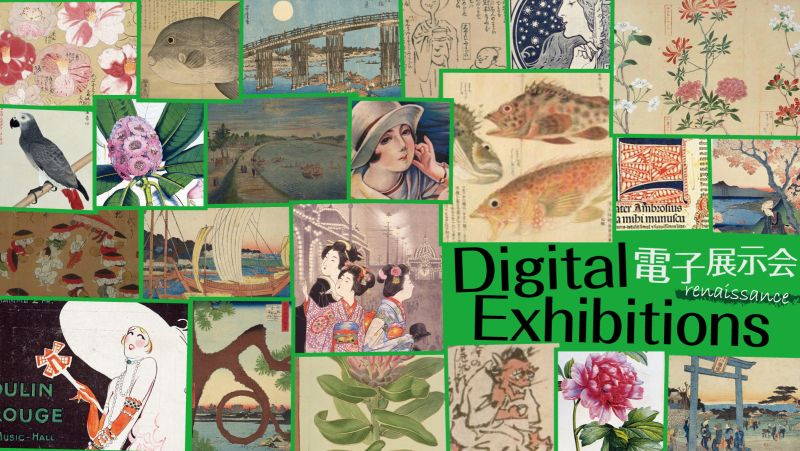Yayoi (March)

Joshi-no-Sekku
The first “Minohi” (day of the snake) in March is called “Joshi,” and the Joshi-no-Sekku festival was one of the five seasonal festivals during the Edo period. Joshi-no-Sekku is also called Momo-no-Sekku (Peach Festival) or Hina Matsuri (Doll Festival). It was an official event of the Edo shogunate, and families with daughters decorated hina dolls and offered hishi mochi (diamond-shaped rice cakes), hina arare (colored rice crackers), and white sake to wish for the growth and happiness of their daughters.
Hanami (Cherry blossom viewing)
From around this time, the cherry blossom viewing season started in Edo. In the late Edo period, whole towns and nagaya (row houses) began to go out to view the cherry blossoms together. People dressed up in hanami costumes and spent a lively spring day drinking and singing. There are many depictions of cherry blossom viewing in nishiki-e (woodblock prints).
Three Great Cherry Blossom Viewing Spots
Edo's three major cherry blossom viewing spots are Ueno Toeizan, Asukayama, and Bokutei. Ueno Toeizan is the site of Kan'eiji Temple, a family temple of the Shogun family, so there were restrictions on cherry blossom viewing (no drinking, no instruments, no nighttime cherry blossom viewing, etc.), but many people quietly enjoyed the atmosphere. Asukayama was where the 8th shogun, Tokugawa Yoshimune, planted cherry trees for ordinary people's enjoyment. Visiting Oji Gongen and viewing cherry blossoms at Asukayama offered a chance to enjoy a leisurely flower-viewing experience away from daily life. The third, Bokutei, refers to the bank of the Sumida River. Cherry trees were planted on the riverbank during the reign of the fourth shogun, Tokugawa Ietsuna, and the eighth shogun, Yoshimune, had one hundred more cherry trees planted. Bokutei is not as far away as Asukayama and is not as formal as Ueno, so it was crowded with cherry blossom-viewing visitors. Cherry blossom viewing could be enjoyed from boats on the river, and teahouses lined the banks along the embankment.
Noasobi (Outings)
This is also the time of year for "Noasobi,” when people go outdoors on a spring day to enjoy the fields and shores in the improved weather. It was the time of the spring tide, and tidal flats emerged in Shinagawa, Takanawa, Suzaki, and other areas, attracting people to collect clams and enjoy the outdoors. The act of picking wild plants such as yomogi (Japanese mugwort), seri (Japanese parsley), and tsukushi (horsetail) in the spring fields is also depicted in nishiki-e.
